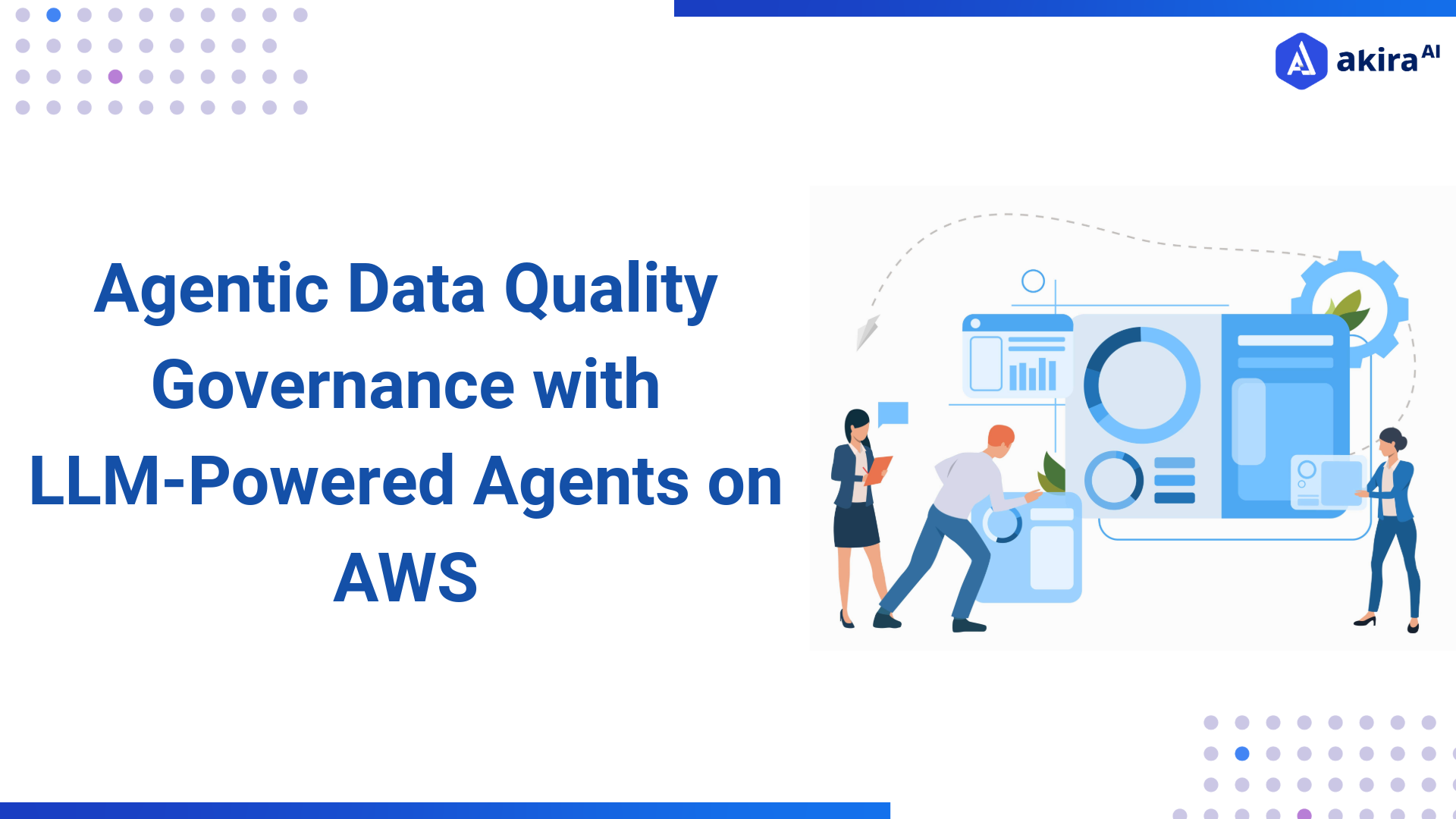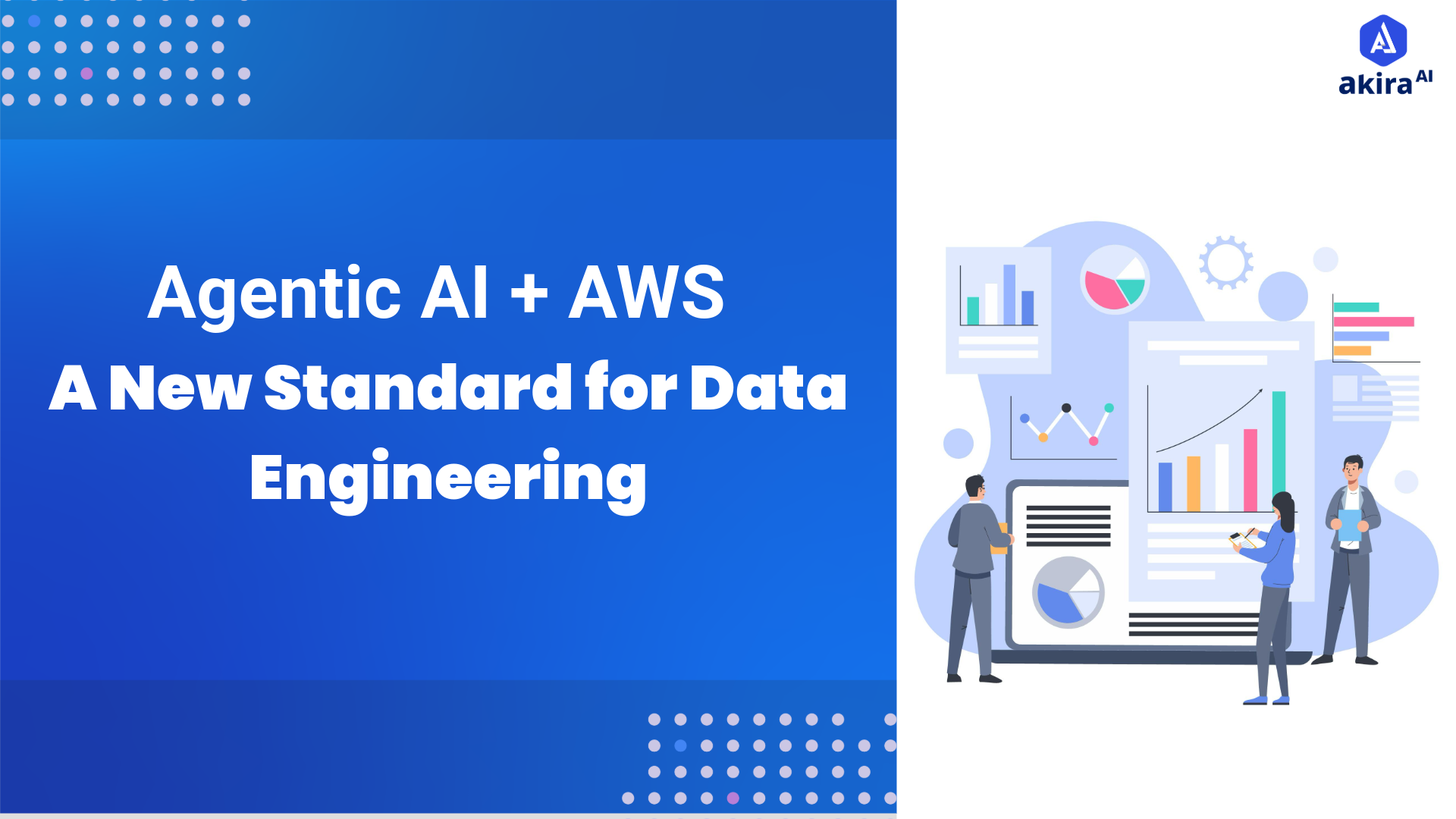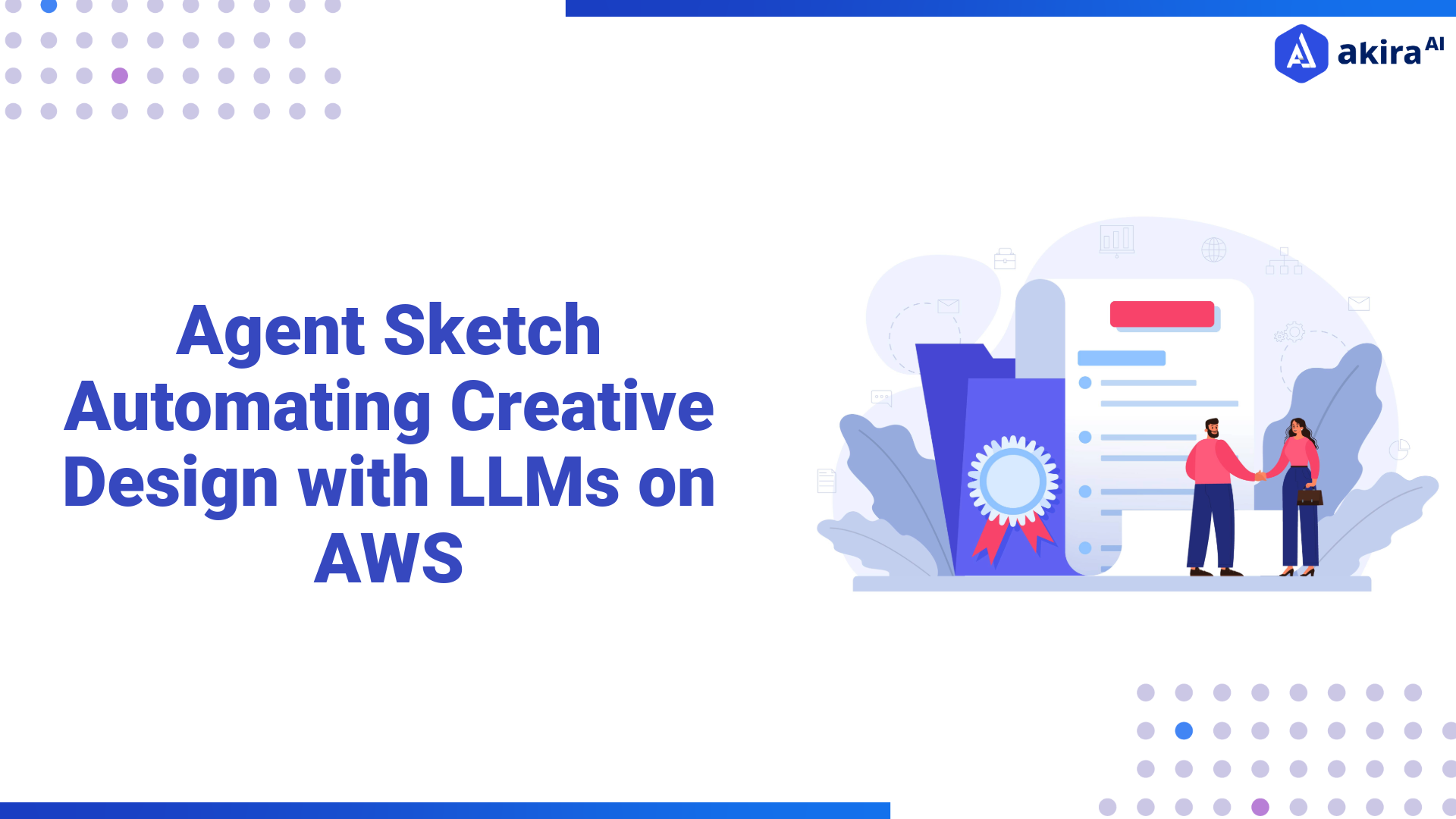A leading WhatsApp-based engagement platform had already built a robust AWS-native analytics pipeline for customer behavior tracking using DynamoDB, Kinesis, S3, Iceberg, and Athena. However, the platform struggled with pipeline maintenance, schema drift, cataloging complexity, and delayed feature onboarding.
To address these challenges, we introduced Agent DataOps—a layer of intelligent agents that automate operations like schema detection, ETL tuning, and pipeline governance. This reduced manual engineering effort by 70%, enabled onboarding of new message types within hours, and doubled the cadence of dashboard enhancements—all while preserving compliance, data quality, and performance.
Customer Profile
-
Industry: Customer Engagement / Messaging AI
-
Location: Italy
-
Company Size: ~50 employees
Business Challenges
The client had an AWS-based data analytics platform that encountered scale and agility issues due to growing user activity and complex message formats. Key pain points included:
-
Frequent schema drift from evolving WhatsApp data structures.
-
High manual effort for updating Glue jobs and Athena schemas.
-
Delays in dashboard feature onboarding.
-
Lack of metadata versioning and ETL observability.
-
Limited debugging capabilities and root-cause analysis.
-
No automation for cost-performance tuning.
-
Engineering bottlenecks constrained business users’ access to insights.
Technical Challenges
-
Complex schema evolution in JSON event payloads.
-
Tight coupling between DynamoDB Streams, Firehose, and Glue.
-
Manual updates for Glue jobs and ETL pipelines.
-
Non-optimized Iceberg partitioning strategies.
-
Poor error traceability due to missing lineage.
-
No automated security checks for PII, encryption, or query regressions.
Partner Solution
Solution Overview
We implemented Agent DataOps on top of the client’s AWS-based data lakehouse. This introduced autonomous agents to manage schema drift, evolve ETL jobs, update catalogs, tune performance, and run security audits.
These agents used metadata reasoning, prompt-based orchestration, and rule-learning to automate repetitive engineering tasks. The result: a self-adaptive pipeline that scales insight, not overhead.
AWS Services Used
-
Amazon S3 (Iceberg-based data lake)
-
Amazon Bedrock (optional)
Architecture Diagram
 Implementation Details
Implementation Details
-
Agent Framework: LLM-powered agents monitored metadata, logs, and schema evolution via Bedrock and Lambda-based orchestration.
-
Schema Drift Detection: Agents parsed incoming Firehose → S3 payloads to detect changes and update Glue table definitions.
-
ETL Management: Agents suggested Spark job optimizations, triggered catalog versioning, and enforced consistent definitions.
-
Metadata Reasoning: Agents aligned Iceberg schema evolution with Athena/QuickSight, reducing manual alignment.
-
Security & Compliance: PII tagging, encryption checks, and IAM audits were automated through agent logic.
-
CI/CD Integration: Agent output converted to config diffs and pushed through Git-based pipelines.
-
Observability: CloudWatch & EventBridge captured anomalies and triggered agentic rollback or repair.
Timeline
-
Week 1–2: Agent setup, schema drift analysis
-
Week 3–4: Glue job agents, metadata governance
-
Week 5–6: Schema sync with Athena/QuickSight
-
Week 7–8: Security agents, CI/CD pipeline integration
-
Week 9–10: Final QA, rollback testing, benchmarking
Innovation and Best Practices
-
Autonomous schema adaptation via LLMs over logs and metadata
-
ETL optimization from Spark job patterns and execution plans
-
Metadata drift control through reasoning over Iceberg and Glue deltas
-
End-to-end lineage tracking and explainable anomaly detection
-
Built on AWS Well-Architected Framework: Security, Reliability, Performance, and Operational Excellence
Business Outcomes
-
70% reduction in engineering workload for schema/ETL updates
-
2x faster dashboard feature onboarding
-
Near real-time detection of schema changes, PII, and failures
-
30% faster time-to-insight from feature release
-
Zero downtime post-agent deployment
-
Continuous learning: Agents evolve and reduce future manual tasks
Technical Benefits
-
Schema-resilient pipelines that adapt automatically
-
Self-healing infrastructure with rollback and repair agents
-
Dynamic ETL tuning based on performance/cost trends
-
Metadata version control for consistent schema evolution
-
Security automation for PII and access governance
Lessons Learned
Challenges Overcome
-
Initial prompt-tuning for schema detection agents needed refinement
-
Debugging Glue jobs became easier through agent-generated annotations
-
IAM hardening required to scope agent actions safely
Best Practices
-
Combine LLM agents with logs and structured metadata
-
Start with schema and ETL automation before broader use cases
-
Use diff-based deployment and rollback for production safety
-
Version prompts and track agent performance SLAs
Future Plans
The platform plans to expand Agentic AI to:
-
Orchestrate ML pipelines for churn prediction using SageMaker
-
Detect anomalies in message delivery and latency
-
Automate business rule engines for campaign personalization
-
Enable real-time ingestion via Apache Hudi or DeltaStreamer
A long-term roadmap includes quarterly reviews, agent tuning, and co-developing intelligent observability layers.
Take Next Step for Data Engineering with Agentic AI
alk to our experts about accelerating data engineering with Agentic AI on AWS.
Discover how industries and data-driven teams are transforming analytics pipelines by adopting Agentic Workflows and Decision Intelligence. Shift from reactive operations to proactive, decision-centric data engineering.
Leverage AI agents to automate schema management, optimize ETL performance, and govern metadata at scale—reducing manual workload while increasing agility and insight delivery.





